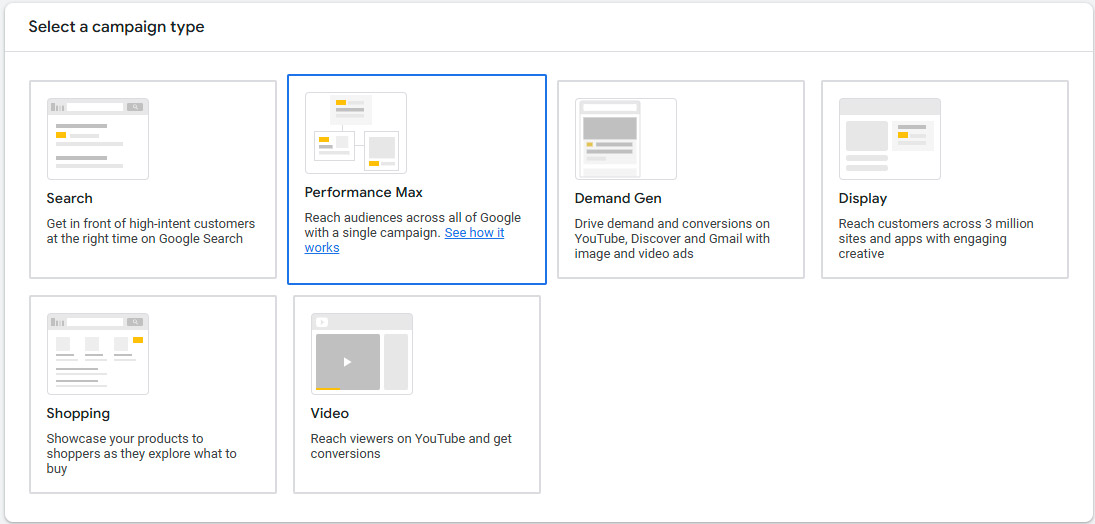The Ultimate Guide to Solar Marketing in 2025
As the solar industry continues to thrive in 2025, so does the competition. To stand out and thrive, solar companies need a marketing strategy that emphasizes transparency, cost efficiency, and a laser focus on cost per acquisition (CPA) rather than the often-misleading cost per lead (CPL).
In this guide, we’ll break down actionable steps for solar companies to succeed in Google Ads and Facebook Ads while avoiding outdated, unethical, or ineffective tactics. This comprehensive guide to solar marketing in 2025 will help you leverage modern tools and strategies to maximize your ROI and build trust with potential customers.
Why Transparency Matters in Solar Marketing
The solar industry has seen its fair share of “dirty tactics”: inflated promises, misleading ads, and opaque pricing strategies. These methods may generate short-term gains but damage long-term credibility and brand reputation.
Consumers in 2025 are smarter, more skeptical, and equipped with tools to research and compare options. Companies that are upfront about costs, benefits, and timelines build trust and stand out in a crowded market. Make transparency your cornerstone—it’s not just good ethics; it’s good business. Solar marketing in 2025 is all about authenticity, clarity, and delivering real value.
“Solar marketing in 2025 is all about authenticity, clarity, and delivering real value. Companies that prioritize transparency in costs, benefits, and timelines not only build trust but also stand out in a competitive market.”
Larkin Lovern, Founder of AlienX
Why Focus on CPA Over CPL
While CPL measures how much you’re paying for a lead, it’s often a vanity metric. A cheap lead doesn’t mean much if they don’t convert into paying customers. CPA, on the other hand, measures how much it costs to acquire a customer—the ultimate benchmark of your campaign’s efficiency.
For solar companies, where average deal sizes are high but customer journeys can be lengthy, a CPA-focused strategy ensures you’re maximizing ROI and aligning your marketing spend with real business results. This approach also sets your solar marketing strategy in 2025 apart by emphasizing sustainable growth and accountability.
Pragmatic Steps for Solar Marketing in Google Ads
Google Ads remains a powerhouse for solar lead generation in 2025, but success requires precision. Here’s a step-by-step guide to make your campaigns a success:
1. Choose the Right Campaign Type
-
Recommendation: Start with Performance Max or Search campaigns.
-
Performance Max Pros: Uses AI to target across Search, Display, YouTube, and more. Great for full-funnel marketing.
-
Performance Max Cons: Less control and visibility into specific placements.
-
Search Campaign Pros: High intent, as users actively search for solar solutions.
-
Search Campaign Cons: Requires detailed keyword research and can be costly if poorly managed.
-

Pro Tip: For Performance Max, upload high-quality assets (images, videos, and headlines) tailored to the solar niche. Use videos explaining installation processes or customer testimonials for better engagement.
2. Set Up Conversion Tracking
-
Why: Without tracking, you’re flying blind. Use Google Tag Manager to install conversion tracking for key actions (e.g., form submissions, phone calls, or scheduling consultations).
-
How:
-
Go to “Goals” > “Conversions” > “Summary” in Google Ads.
-
Create a new conversion action.
-
Choose website, call tracking, or app conversions depending on your goals.
-

Pro Tips for Tracking:
-
Set up enhanced conversions to track offline sales by uploading customer data back into Google Ads.
-
Use CallTrackingMetrics or similar tools for dynamic call tracking, qualitative data, and ensure accurate attribution.
-
Tag specific actions like form submissions and phone calls with custom events to track the entire customer journey.
3. Keyword Strategy
-
Focus on High-Intent Keywords:
-
Examples: “solar panel installation near me,” “home solar systems cost,” “best solar companies in [city].”
-
Avoid overly broad terms like “solar energy” or “solar benefits,” which attract low-intent traffic.
-
-
Negative Keywords:
-
Examples: “free,” “buy solar panels online” (if you don’t sell online), “how solar works.” These terms reduce wasted spend on irrelevant clicks.
-
Pro Tips:
- Regularly update your negative keyword list by reviewing the “Search Terms” report. Block irrelevant queries before they drain your budget.
- Add negative keywords at the account level to influence Performance Max placements.
4. Campaign Structure
-
Ad Groups: Organize ad groups by theme, such as “residential solar,” “commercial solar,” or “solar tax incentives.”
-
Ad Copy:
-
Be transparent. Highlight financing options, tax incentives, and timelines.
-
Include a clear CTA, like “Get a Free Solar Quote Today” or “Schedule Your Solar Consultation.”
-
Pro Tip: Use ad extensions such as site links, callouts, and structured snippets to provide additional details and improve ad visibility. Example: “$0 Down Financing” or “Federal Tax Credits Available.”
5. Bidding Strategy
-
Start with Maximize Conversions to gather data quickly.
-
Once you have at least 50 conversions, switch to Target CPA and set a CPA goal that aligns with your profitability.
Pro Tip: Use seasonality adjustments if you know demand spikes during certain times of the year, like spring and summer. In solar marketing, adapting to seasonal trends can significantly lower CPA.
Pragmatic Steps for Solar Marketing in Facebook Ads
Facebook Ads excel in reaching potential customers at the research and consideration stages. Here’s how to do it right:
1. Campaign Objective
-
Recommendation: Use Lead Generation or Conversion objectives.
-
Lead Gen Pros: Simplifies the user experience with in-app forms.
-
Lead Gen Cons: May result in lower-quality leads.
-
Conversion Pros: Drives traffic to your website for higher-intent actions.
-
Conversion Cons: Requires a well-optimized landing page.
-
Pro Tip: Test both objectives to see which works better for your audience. Use A/B testing to determine whether in-app forms or website landing pages convert at a higher rate.
2. Audience Targeting
-
Core Audiences:
-
Location: Focus on your service areas.
-
Demographics: Homeowners aged 30-65.
-
Interests: “Solar energy,” “home improvement,” “energy efficiency.”
-
-
Lookalike Audiences:
-
Create a 1%-3% Lookalike Audience from your customer list or website visitors.
-
-
Exclusions:
-
Exclude renters, low-income brackets (if applicable), or past leads who didn’t convert.
-
Pro Tip: Layer interest targeting with behavioral data to narrow down high-intent audiences. For example, homeowners who recently moved or are researching energy-efficient solutions.
3. Ad Creative
-
Imagery/Videos:
-
Show happy homeowners with solar panels.
-
Use time-lapse videos of installations or animations explaining cost savings.
-
-
Copy:
-
Focus on benefits: “Save up to $X/year with solar panels.”
-
Be transparent about incentives: “Take advantage of federal tax credits in 2025.”
-
Include a strong CTA: “Book your free consultation today.”
-
Pro Tip: Use Facebook’s dynamic creative feature to test multiple headlines, images, and CTAs simultaneously. Let the algorithm optimize for the best combinations.
4. Landing Pages
-
Ensure your landing pages are:
-
Fast (load time under 3 seconds).
-
Mobile-optimized.
-
Clear about costs, benefits, and timelines.
-
Include testimonials, FAQs, and a simple form or phone number.
-
Pro Tip: Use heatmap tools like Hotjar to analyze user behavior on your landing pages and make data-driven improvements.
5. Retargeting
-
Setup:
-
Use the Facebook Pixel to track website visitors.
-
Retarget users who visited your site but didn’t convert.
-
-
Creative:
-
Use dynamic ads to show personalized offers.
-
Include urgency: “Don’t miss out on 2025’s tax credits!”
-
Pro Tip: Segment your retargeting audiences based on their behavior. For example, target users who abandoned a lead form differently than those who just browsed your homepage.
Avoiding Dirty Tactics in 2025
- No Bait-and-Switch: Don’t advertise false pricing or unrealistic timelines.
- Be Honest About Savings: Be upfront about what customers can realistically save.
- Disclose Incentives Clearly: Explain how tax credits or rebates work without overstating benefits.
Final Thoughts
Solar marketing in 2025 is all about playing the long game. Focus on transparency, prioritize CPA over CPL, and execute campaigns with precision and pragmatism. By building trust and delivering measurable results, your solar company will shine brighter than ever in a competitive market.
If you’re ready to unlock the full potential of solar marketing in 2025, AlienX is here to help. With our expertise in solar lead generation and data-driven strategies, we can take your marketing to the next level and deliver the results your business deserves. Contact us today and let’s build your path to success.




